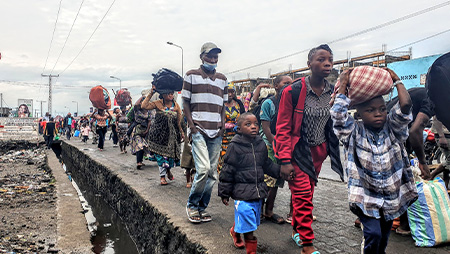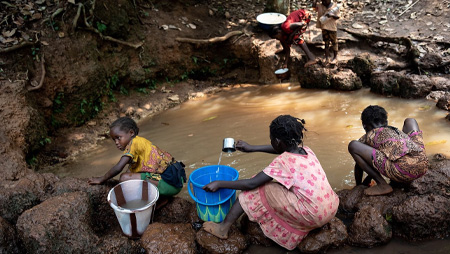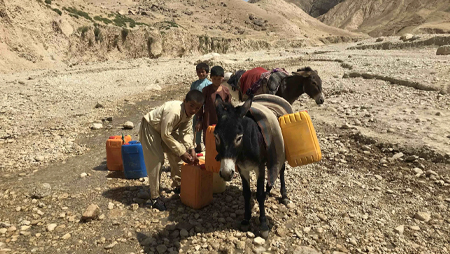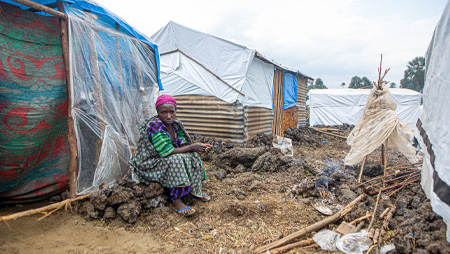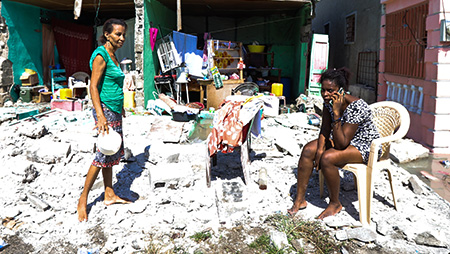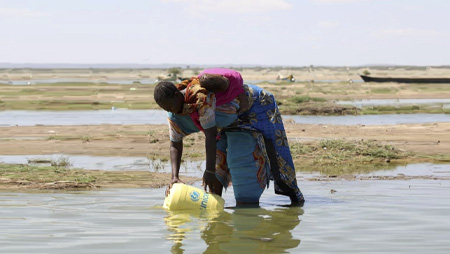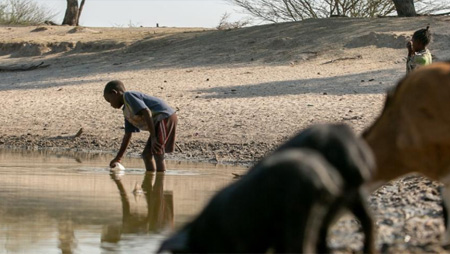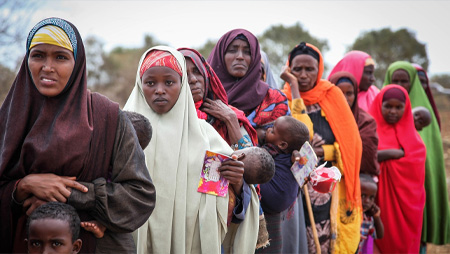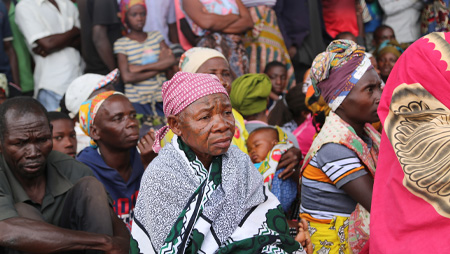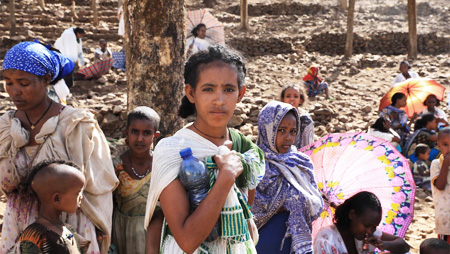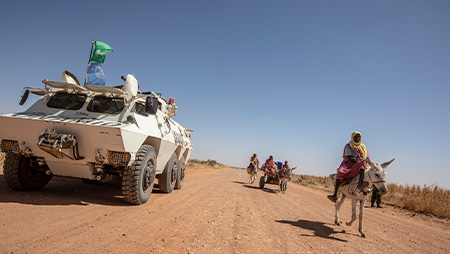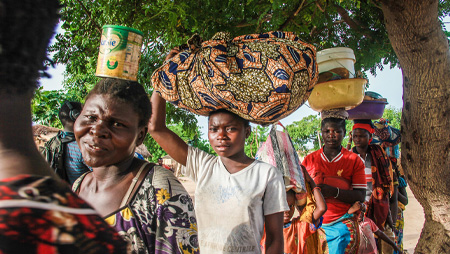IPC Alerts
Democratic Republic of Congo: 27 million people highly food insecure, 857,000 children and 468,000 women likely suffering from acute malnutrition
Around 27 million people in the Democratic Republic of Congo (DRC) are experiencing high levels of acute food insecurity (IPC Phase 3 or above) between September and December 2021.
Central African Republic: Persistent acute food insecurity and malnutrition caused by insecurity
Central African Republic (CAR) is one of the poorest countries in the world, hostage to a prolonged humanitarian crisis. Nearly half of the people experience high acute food insecurity, with thousands of children and women severely malnourished, due to several factors, such as the socio-economic effects of the COVID-19 pandemic.
Afghanistan: nearly 19 millions Afghans highly food insecure due to drought, conflict & economic collapse
Afghanistan’s protracted food crisis has deepened and widened with a record high of nearly 19 million people experiencing high levels of acute food insecurity, classified in Crisis or Emergency (IPC Phases 3 or 4), between September and October 2021, due to a devastating combination of drought, conflict and economic collapse.
DR Congo: Nearly 900,000 children under five likely to be acutely malnourished through August 2022
The Democratic Republic of Congo (DRC) is experiencing one of the worst humanitarian crises in the world. More than five million people have been displaced, including three million children.
Haiti: 4.3 million people facing high acute food insecurity linked to earthquake, tropical storm and political instability
Haiti is the poorest country in the Caribbean and one of the most food insecure in the world, with some 60% of the population living in poverty.
Kenya: About 2.1 million people in the ASAL region are highly food insecure due to failed rains, low agricultural production and high food prices.
The IPC Acute Food Insecurity and Acute Malnutrition Long Rains analysis of the Arid and Semi-Arid Land (ASAL) counties of Kenya was conducted between July and August 2021.
South-West Angola: Severe drought drives some 1.58 million Angolans to high levels of acute food insecurity
The worst drought in the last 40 years and rising food prices have resulted in high acute food insecurity in the Cunene, Huila and Namibe provinces of South-Western Angola.
Somalia: Approximately 3.5 million people in Somalia face high acute food insecurity in late 2021, with 1.2 million children likely acutely malnourished
Nearly 3.5 million people across Somalia are expected to face food consumption gaps or depletion of livelihood assets indicative of Crisis (IPC Phase 3) or worse outcomes through the end of the year, in the absence of humanitarian assistance.
Mozambique: High levels of food insecurity and malnutrition in Cabo Delgado driven by conflict
The armed conflict in the North and Central zone of Cabo Delgado since late 2017 has had a great impact on the food security and nutrition situation of households, especially in areas with limited humanitarian access.
ETHIOPIA: Famine Review Committee confirms very high levels of acute food insecurity and Risk of Famine in Tigray
Following a breakdown in consensus on the latest IPC Acute Food Insecurity analysis findings on Ethiopia’s Tigray region, on July 10th, 2021, the IPC Global Steering Committee activated the Famine Review Committee (FRC).
Sudan: High levels of acute food insecurity driven by currency devaluation, inflation and localized conflicts
Latest data shows that an estimated 7.3 million people in Sudan (16% of the population analyzed) are in high levels of acute food insecurity (IPC Phase 3 or above) between April and May (current period) and require urgent action.
Central African Republic: Nearly half of the population highly food insecure
The IPC projection update conducted in March 2021 indicates that, from April through August 2021, 2.29 million people in the Central African Republic will likely be in high levels of acute food insecurity (IPC Phase 3 or above), almost half of the population covered by the analysis.
Join our mailing list

